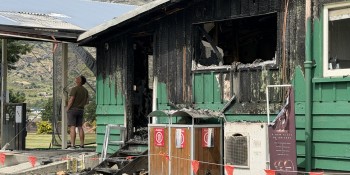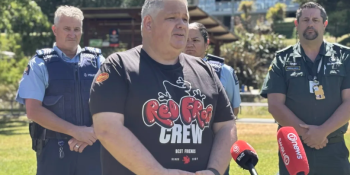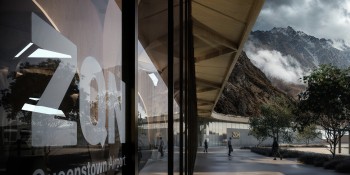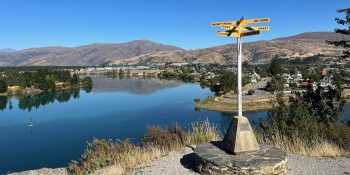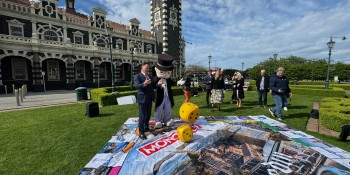Health NZ aims to bring healthcare closer to home in Central Otago

Options to bring more healthcare closer to home are being explored for people in Queenstown Lakes and Central Otago.
Health New Zealand has been undertaking a Central Lakes clinical services planning process to determine how services should be delivered in the area.
During the process, Health New Zealand has spoken with local clinical and operational leadership, community providers, community, iwi and other leaders, and looked at how people have accessed care in the past.
The Central Lakes clinical services planning process will determine what future publicly funded clinical services are required in the Queenstown Lakes and Central Otago area, including options for delivery and where services can be provided.
This month Health New Zealand ran a series of public information sessions online and in Queenstown, Wānaka and Cromwell about the planning process.
At the virtual meeting, Health NZ’s director of funding hospitals, planning funding and outcomes Rachel Haggerty said key issues were identified following community engagement.
“We had a lot of concern around mental health and addiction services being inaccessible or less accessible than they are elsewhere ... There was concern about maternity, particularly the access to urgent obstetric care.”
Other issues included access to after-hours urgent care, the need to travel for minor procedures and basic scans, and difficulties getting timely appointments.
Haggerty said the clinical services plan aimed to shift care closer to home perhaps using digital, virtual and health technologies. Technological upgrades meant some health services no longer needed to be delivered in hospitals, but could be done in the communities, she said.
She estimated some 30,000 procedures could be done in the community, removing the need to travel to Invercargill.
“One of the things that we’re working on really actively is making the most of changes to technologies and services and medicines so people can get as much care as they can closer to their community.
"One of the important things for us is how we reduce the burden of travel and move more care into this community.”
She said one thing that made the Central Otago and Queenstown Lakes area unique was the even population spread across all ages which meant a broad range of services needed to be provided.
“The health services you use when you’re having babies, when you’ve got young families are quite different to the health services you use when you’re older or when you need specialist services such as cancer.
“The demand we’re talking about is across all of the services that healthcare provides.”
She said rapid growth in the district had also been a challenge.
“The development of services has not kept pace with that [growth] and we need to look at that more closely."
Asked about the potential for a contemporary base hospital in Central Lakes, Haggerty said a potential location was the “billion-dollar question”.
“We don’t know the answer but it is something we’re considering. We have a number of options on the table ... but we are conscious that there is no right solution because it all depends on which community you live in and what age bracket you fall into. We are very conscious it’s a really important decision that we need to provide advice to the minister on to make some decisions.”
Dr David Gow, chief medical officer Southern and Te Waipounamu said the clinical services plan could have a big impact on primary care.
“Because I think it’s putting it front and centre to fundamentally reduce journeys across the system, reduce unnecessary travel and partner much more closely between primary care and secondary care to produce a more integrated solution.”
At the virtual meeting, Craig Ashton, group director of operations, Southern, said the district was a complex one as it was one of the largest in New Zealand spanning 62,000 kilometers and employing 6000 staff.
“The Central Lakes region is an incredibly important part of our system.
“We require every part of our system in southern to be connected and working well in order to be able to deliver the right type of care for our communities.”
In an earlier statement, Health New Zealand’s Te Waipounamu Community Integration Group Manager, Aroha Metcalf, said the plan considered how patients move through the health system within the Southern district and would incorporate secondary hospitals in Dunedin and Invercargill as well as rural hospitals in the district.
Metcalf said the Clinical Services Plan for Queenstown Lakes would set a precedent nationally for the way services are delivered in rural and remote communities by responding to population and geography in equal measure.
“Through this future-focused planning, we aim to ensure equitable access to safe and effective clinical health services, streamline navigation across the health system, reduce unnecessary travel, and deliver better health outcomes while maximising value for investment.”
Health New Zealand is planning to deliver advice on a Clinical Services Plan for Queenstown Lakes to the Health Minister Simeon Brown by the end of the year.










